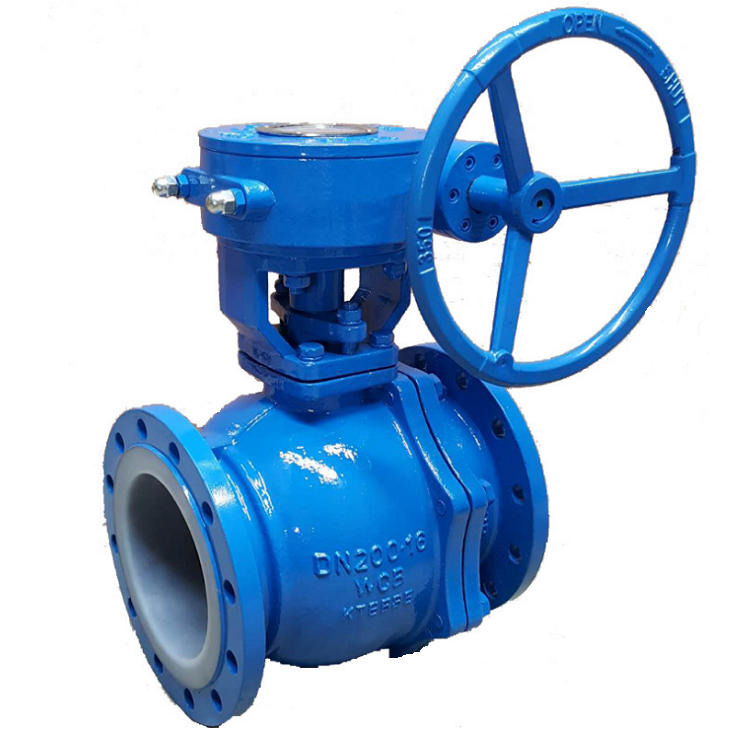6 inch swing check valve
Understanding the 6-Inch Swing Check Valve An Essential Component in Fluid Systems
In the world of fluid mechanics and pipeline systems, the efficiency and reliability of components play a critical role in ensuring optimal performance. Among these components, the swing check valve stands out as an essential device used to control the flow of fluids, prevent backflow, and maintain system integrity. This article delves into the specifics of the 6-inch swing check valve, its design, applications, advantages, and maintenance considerations.
What Is a Swing Check Valve?
A swing check valve is a type of valve that allows fluid to flow in one direction while preventing backflow. It achieves this by using a hinged flap or disc that swings open with forward flow and closes against a seat when the flow reverses. The 6-inch diameter refers to the nominal pipe size it is designed to fit, making it suitable for various industrial applications where larger flow rates are involved.
Design Features
The design of a 6-inch swing check valve typically includes several key features
1. Body Construction The valve body is usually made from durable materials like cast iron, stainless steel, or brass, depending on the application and the type of fluid handled.
2. Hinge Mechanism The hinged disc is the heart of the swing check valve. It pivots on a pin, allowing it to open and close with ease, responding quickly to changes in flow direction.
3. Sealing Surface The sealing surface of the valve is critical for preventing leakage when the valve is closed. Materials such as rubber or PTFE (polytetrafluoroethylene) are often used for their excellent sealing properties.
4. Flow Path Design The flow path through the valve is designed to minimize turbulence, which helps in maintaining pressure and flow efficiency.
5. Installation Orientation Typically, swing check valves are installed in a horizontal or vertical position, but proper orientation is crucial for optimal function.
Applications
The 6-inch swing check valve is used in a variety of applications, including
- Water Supply Systems Essential in municipal water distribution systems to prevent backflow and contamination.
- Wastewater Treatment Used in various stages of wastewater treatment to control flow and protect equipment from backflow.
- Oil and Gas Industry Employed in pipelines to ensure the unidirectional flow of hydrocarbons while protecting infrastructure.
- Industrial Processes Utilized in chemical processing plants to manage fluid flows and maintain system integrity.
6 inch swing check valve

- Irrigation Systems Important in agricultural applications to prevent the reverse flow of water, ensuring efficient irrigation.
Advantages
The swing check valve offers several distinct advantages
1. Simplicity Its simple design with fewer moving parts makes it relatively easy to install and maintain.
2. Reliability Given its mechanical design, swing check valves tend to be very reliable, effectively preventing backflow in systems under typical operational conditions.
3. Cost-Effectiveness Generally, swing check valves are less expensive than other types of check valves, such as lift check valves, which can be a significant advantage for large-scale projects.
4. Low Maintenance With minimal moving parts and robust construction, these valves require less frequent maintenance compared to more complex systems.
5. Versatile Application Their design allows them to handle a variety of fluids, from water to chemicals, making them versatile for multiple sectors.
Maintenance Considerations
To ensure the efficient operation of a 6-inch swing check valve, regular maintenance is essential
- Routine Inspections Regular visual inspections can help detect leaks or any unusual operation that may signal the need for repair.
- Cleaning Keeping the valve free from debris and buildup can prevent malfunction and extend its life.
- Lubrication Ensuring the hinge mechanism is properly lubricated can facilitate smooth operation and quick response to flow changes.
- Replacement of Seals Over time, rubber seals may wear out and require replacement to maintain effectiveness in leak prevention.
Conclusion
The 6-inch swing check valve is a vital component in various fluid systems, known for its simplicity, reliability, and effectiveness in preventing backflow. With its widespread use across multiple industries, understanding its design, applications, advantages, and maintenance needs is essential for maintaining operational integrity and efficiency. As industries continue to evolve, the significance of reliable components like the 6-inch swing check valve will remain paramount in the efficient management of fluid systems.
-
The Key to Fluid Control: Exploring the Advantages of Ball Valves in Industrial SystemsNewsJul.09,2025
-
The Versatile World of 1, 2, and 3 Piece Ball ValvesNewsJul.09,2025
-
Stainless Steel Ball Valves: The Ideal Choice for Efficient Flow ControlNewsJul.09,2025
-
Optimizing Fluid Control with Ball Float ValvesNewsJul.09,2025
-
Manual Gate Valves: Essential for Control and EfficiencyNewsJul.09,2025
-
Everything You Need to Know About Butterfly ValvesNewsJul.09,2025
-
The Versatility of Wafer Type Butterfly ValvesNewsJul.08,2025




